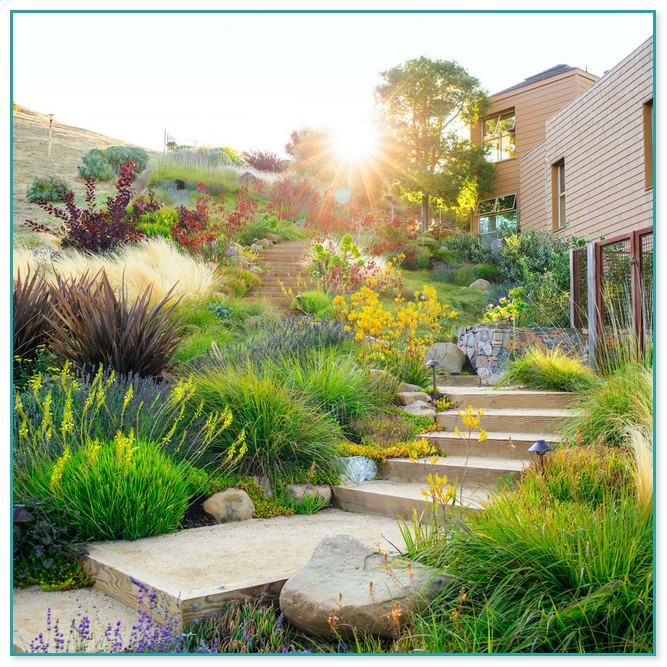How Do I Design A Water-wise Garden?
A garden is a wonderful place to spend time and reconnect with nature. Whether you have a small balcony or a large backyard, there are ways you can make your outdoor space beautiful and sustainable. One way to achieve this is by creating a water-wise garden. Not only will a water-wise garden conserve precious resources, it will also attract beneficial insects and wildlife. In this post, we’ll explore some water-wise garden design tips to get you started.

Choose the Right Plants
Creating a water-wise garden starts with choosing the right plants. Native plants are a great choice because they’re adapted to the local climate and require less water. They also provide habitat for local wildlife and can help restore the natural balance of your ecosystem. Research which plants are native to your area and try to incorporate them into your garden design.
In addition to native plants, there are several water-efficient plants that are well-suited for a water-wise garden. These include succulents, cacti, and Mediterranean herbs like lavender and rosemary. These plants are adapted to dry conditions and can thrive with minimal watering.
Group Plants by Water Needs
When designing your water-wise garden, it’s important to group plants by their water needs. This allows you to water efficiently and avoid overwatering. For example, plants that require more water should be grouped in the same area and planted in well-draining soil. Plants that require less water can be grouped together in a separate area.
Use Mulch to Conserve Water
Mulch is a great way to conserve water in your garden. Mulch is a layer of organic material like wood chips, leaves, or bark that is spread on top of the soil. It helps to retain moisture in the soil, suppress weeds, and regulate soil temperature. In a water-wise garden, mulch can help plants conserve water and reduce the need for constant watering.
Collect Rainwater
Another way to conserve water in your garden is to collect rainwater. Rainwater harvesting systems can be as simple as a rain barrel or as complex as a cistern system. The collected water can be used to water your plants, reducing your reliance on municipal water sources.
Use Drip Irrigation
Drip irrigation is a more efficient way to water your plants compared to sprinklers. Instead of spraying water over a wide area, drip irrigation delivers water directly to the roots of each plant. This reduces water waste and ensures that plants receive the right amount of water. Drip irrigation systems can be customized to meet the specific needs of your garden.
Design for Functionality
When designing your water-wise garden, it’s important to consider functionality. Make sure your garden design includes paths and walkways for easy access and maintenance. You should also consider the placement of plants and how they will grow over time. Be mindful of how much space each plant will need and how it will affect the overall design of your garden.
Conclusion
Creating a water-wise garden is a smart and sustainable way to enjoy your outdoor space. By choosing the right plants, grouping them by water needs, using mulch to conserve water, collecting rainwater, and using drip irrigation, you can create a garden that is beautiful, functional, and environmentally friendly. Whether you’re starting from scratch or making changes to an existing garden, there are many ways you can incorporate water-wise design principles into your outdoor space.



